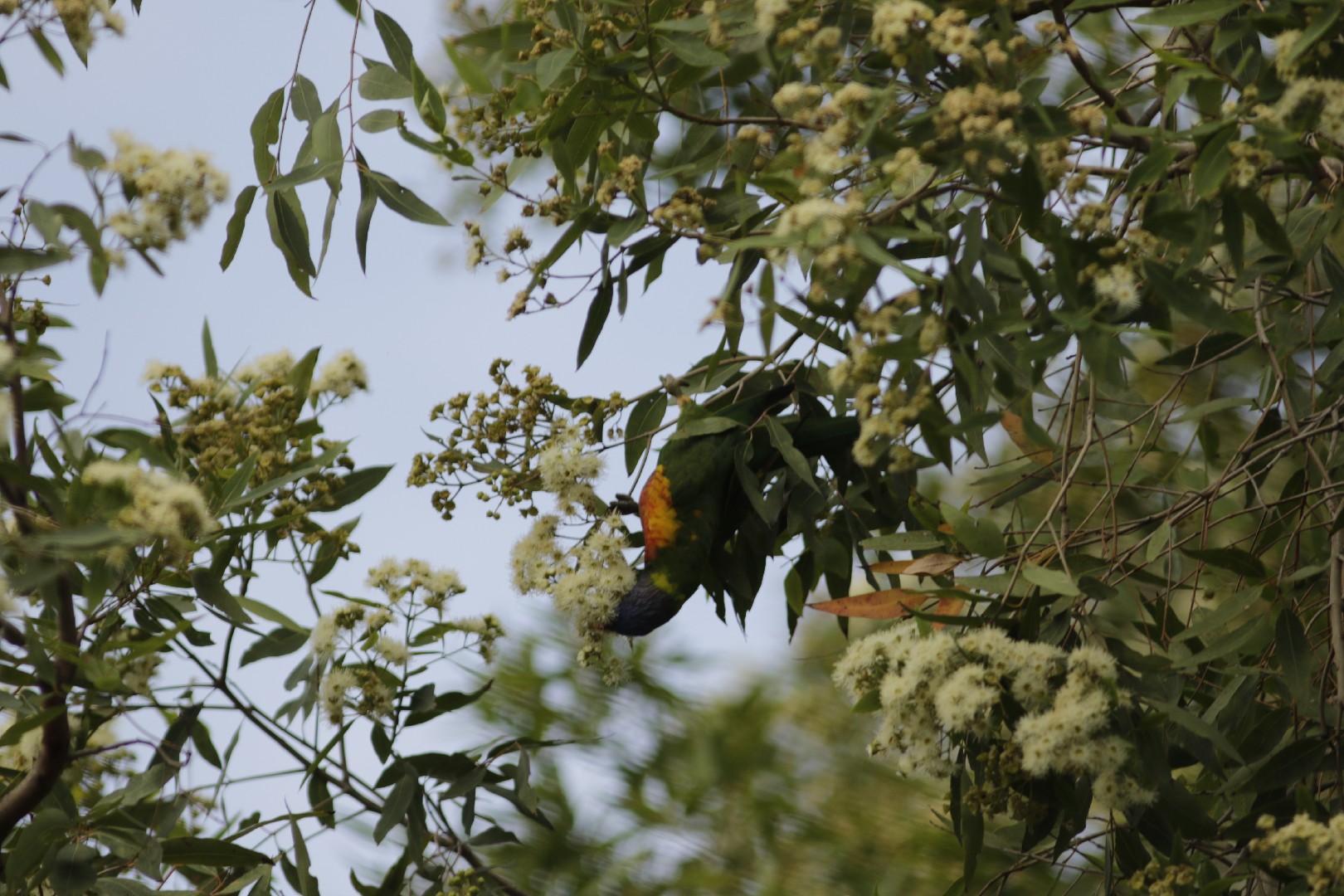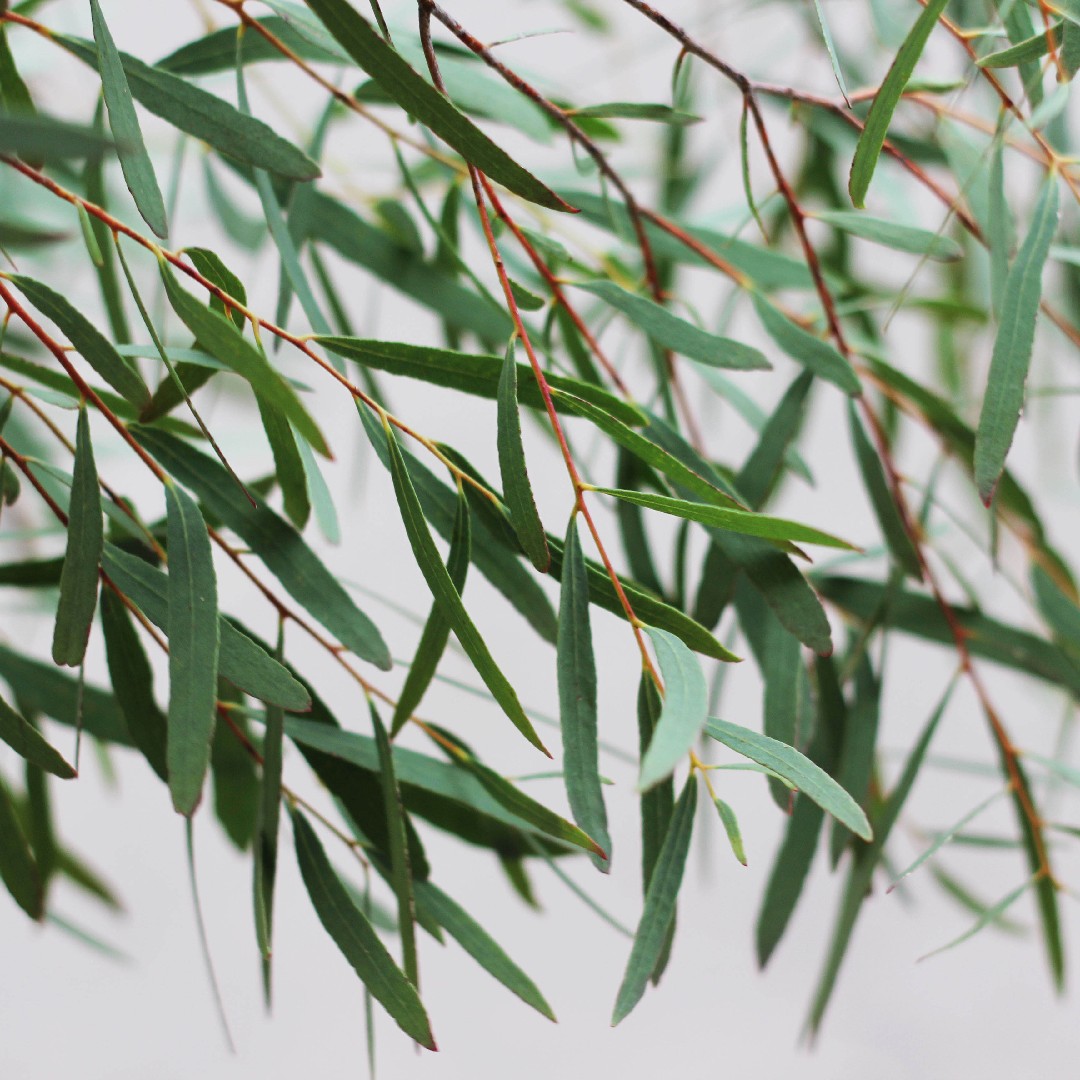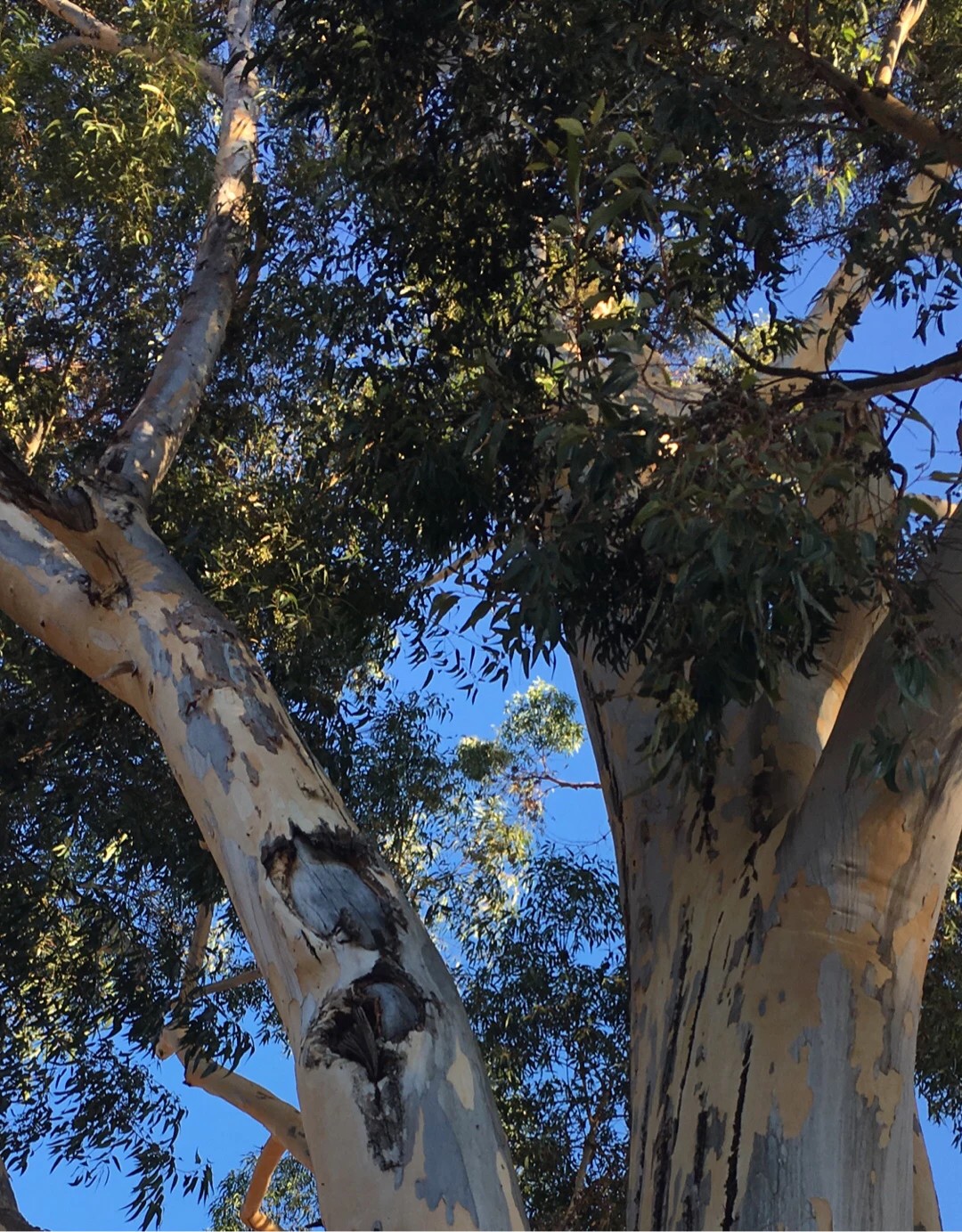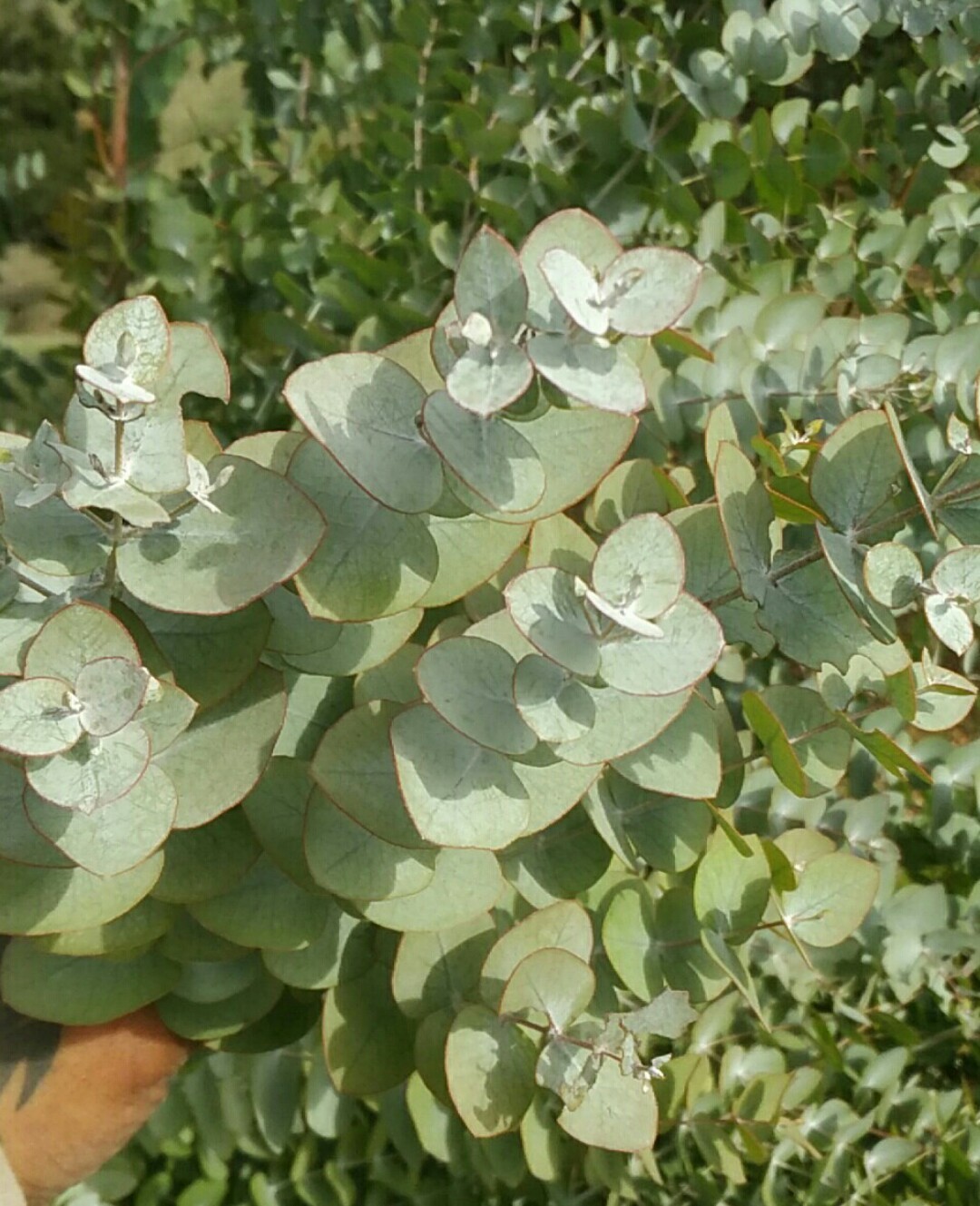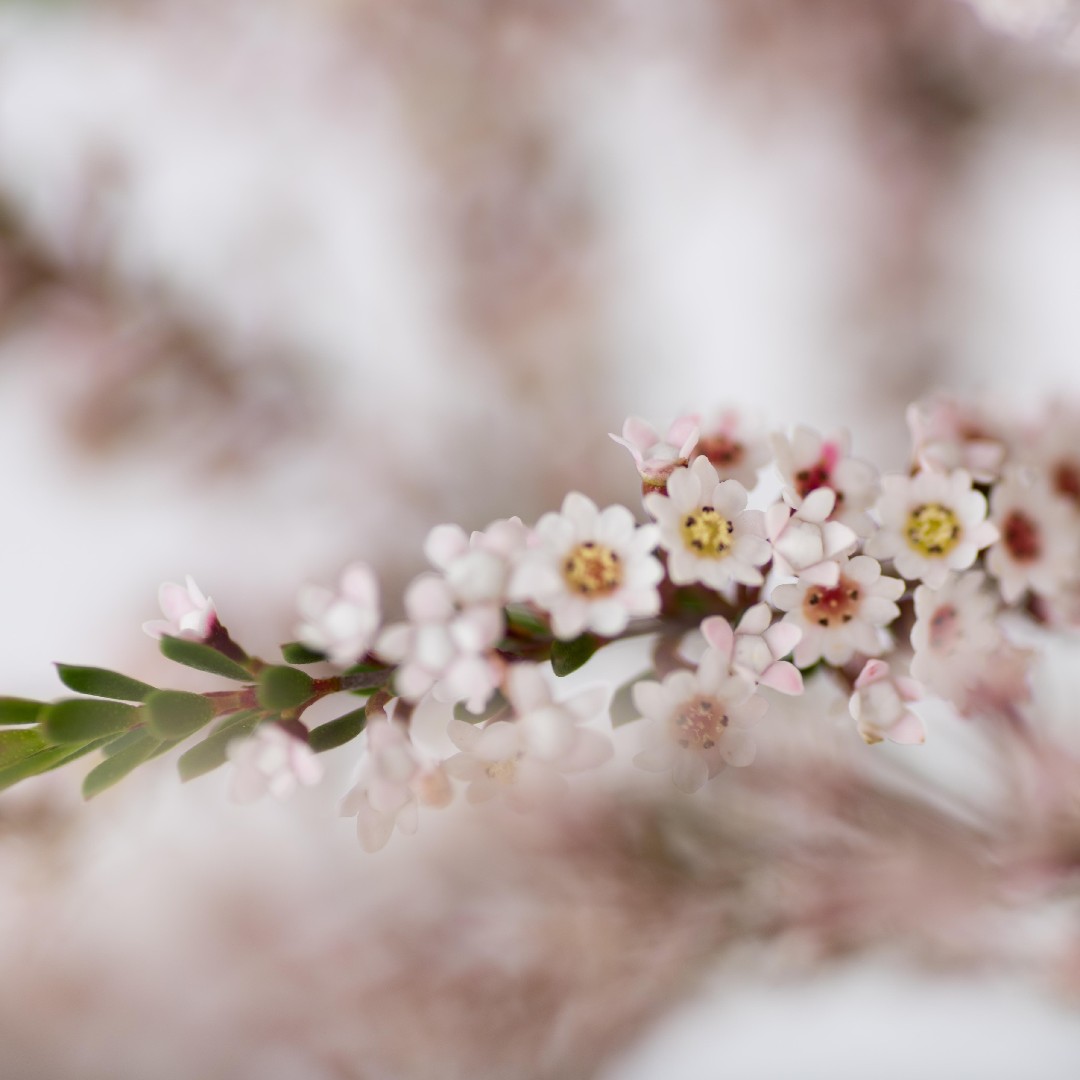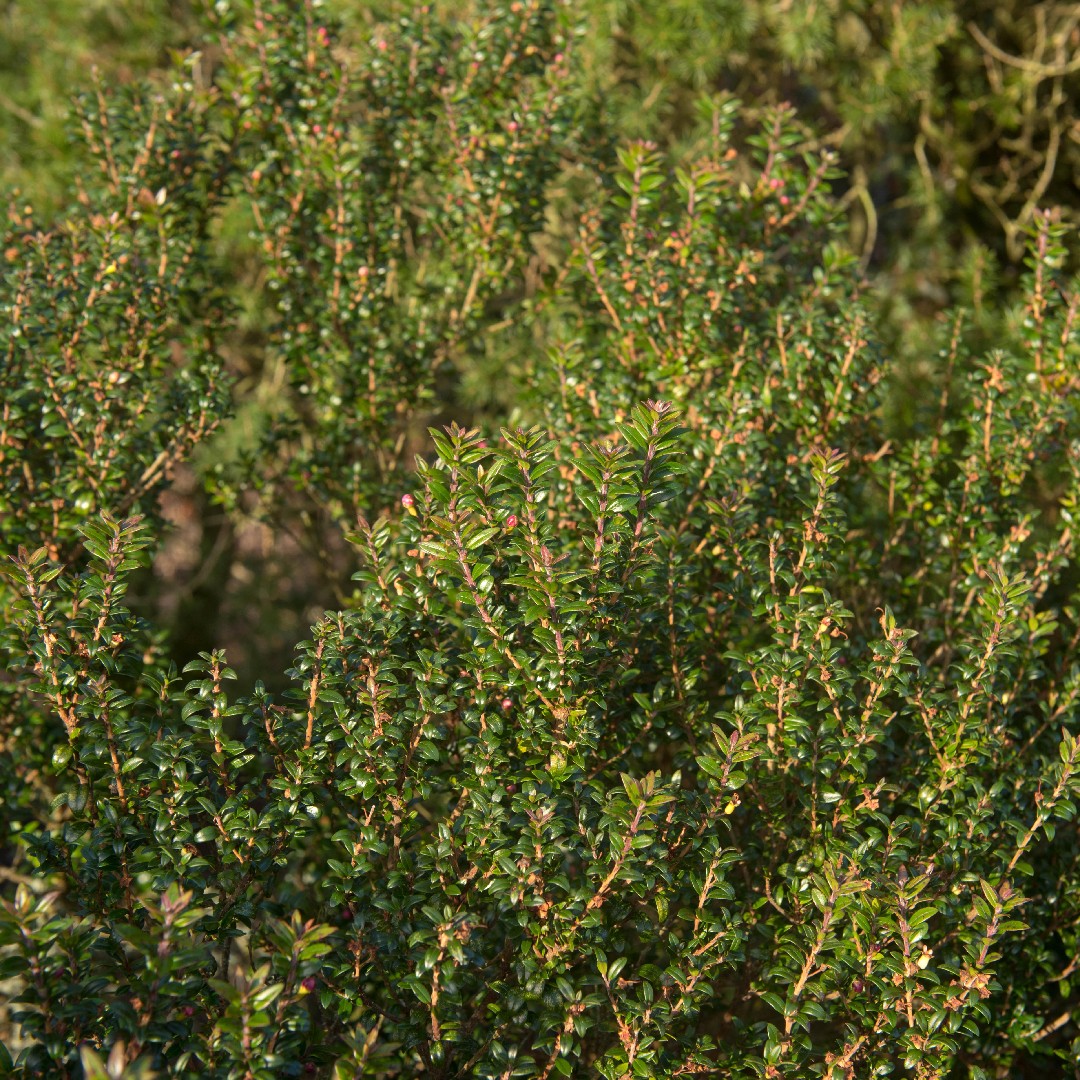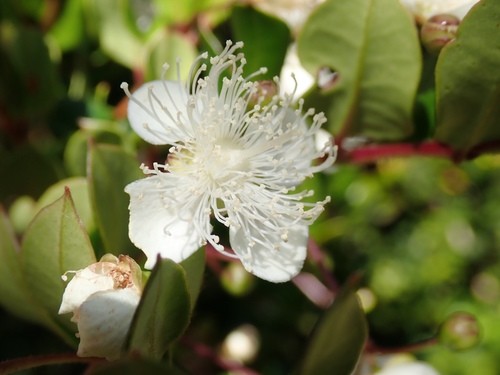![How to Propagate Eucalypts?]()
How to Propagate Eucalypts?
The primary propagation methods for eucalypts include seed sowing and cuttings, with tissue culture used in specialized settings. Successful propagation depends on factors like sufficient light, warm temperatures, and well-draining soil. Special techniques such as using a rooting hormone for cuttings or stratifying seeds can enhance outcomes. The difficulty level is moderate, although seed viability and environmental conditions may pose challenges. For seed sowing: 1) Stratify seeds if required, 2) Sow in well-draining soil, 3) Maintain warmth and light, 4) Keep soil moist. For cuttings: 1) Take semi-hardwood cuttings, 2) Apply rooting hormone, 3) Plant in a propagating mix, 4) Keep in high humidity and warm conditions.







